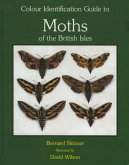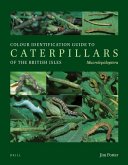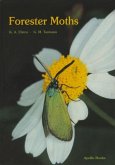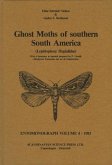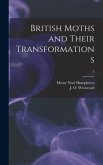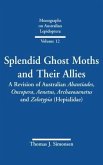This group of geometrid moths (in the genera Eupithecia, Chloroclystis, Pasiphila and Gymnoscelis) comprises perhaps the most difficult of the macrolepidoptera to identify with confidence, and knowledge of them is consequently uneven. In this long-awaited, new and extensively illustrated work, the authors describe the characters and biology of all stages of the 52 species from Britain and Ireland, with individual maps showing their known distribution on a vice-county basis. Particular emphasis is placed on the identification of confusible species and work individuals. The wing-patterns are illustrated in detailed black-and-white drawings to show the main diagnostic features, as are the larvae and genitalia of every species. The adults are depicted in three sets of colour plates: two of set specimens, first, in their systematic order and then with similar species grouped together for easier comparison; the third of moths in their natural postures in a series of 60 superb colour photographs.
Hinweis: Dieser Artikel kann nur an eine deutsche Lieferadresse ausgeliefert werden.
Hinweis: Dieser Artikel kann nur an eine deutsche Lieferadresse ausgeliefert werden.


